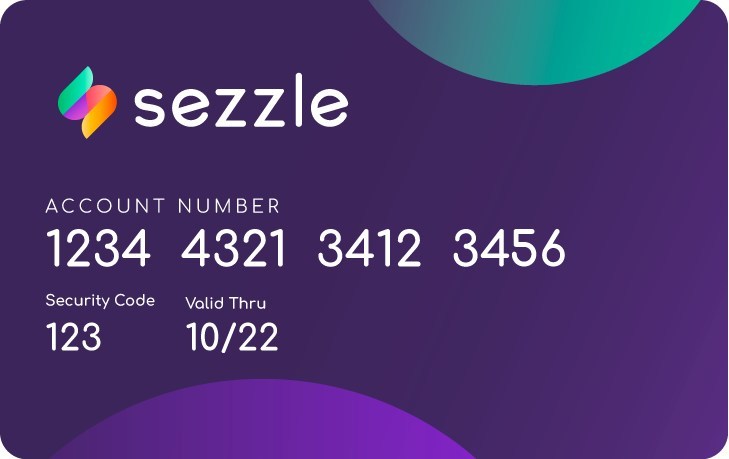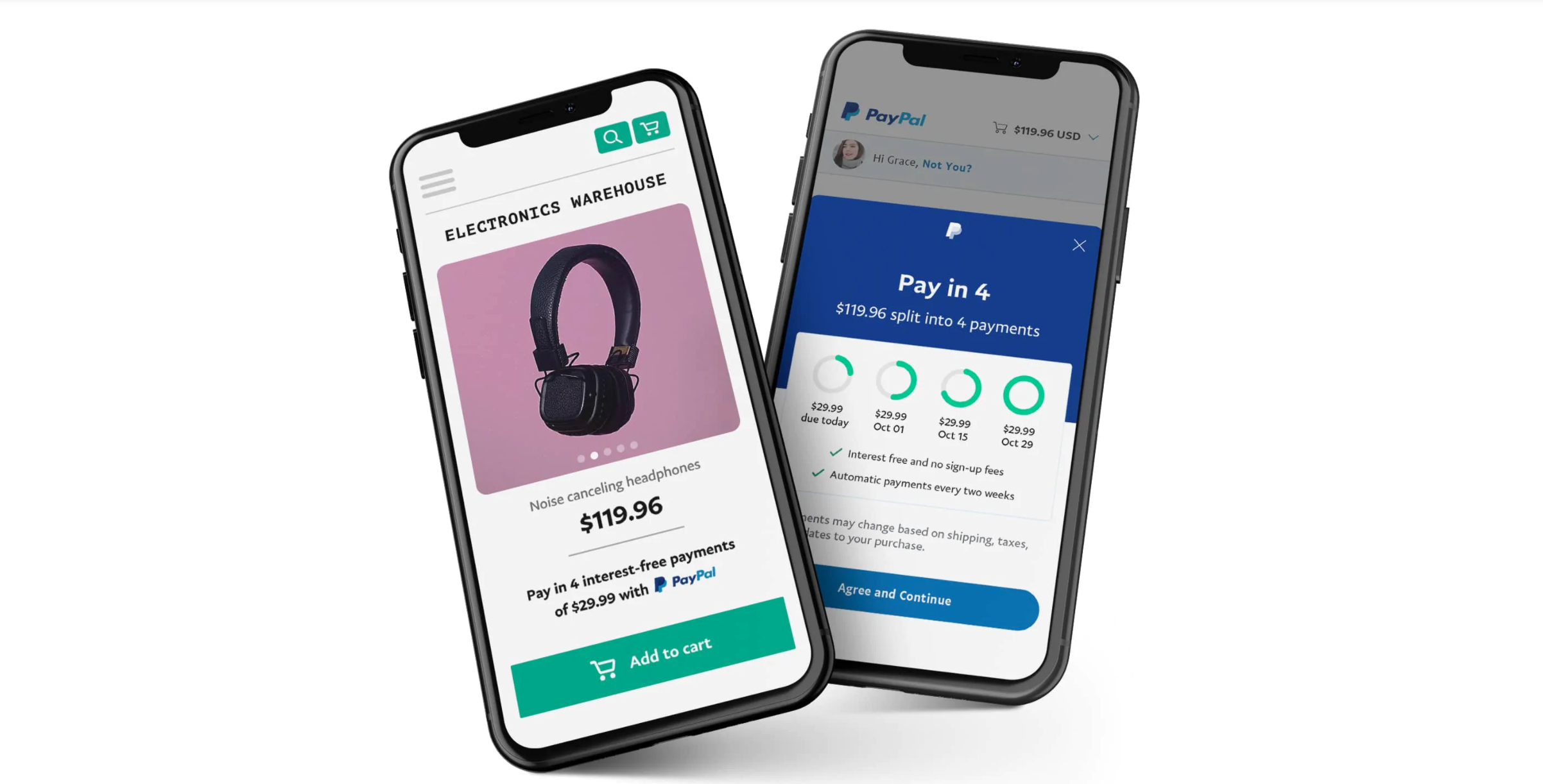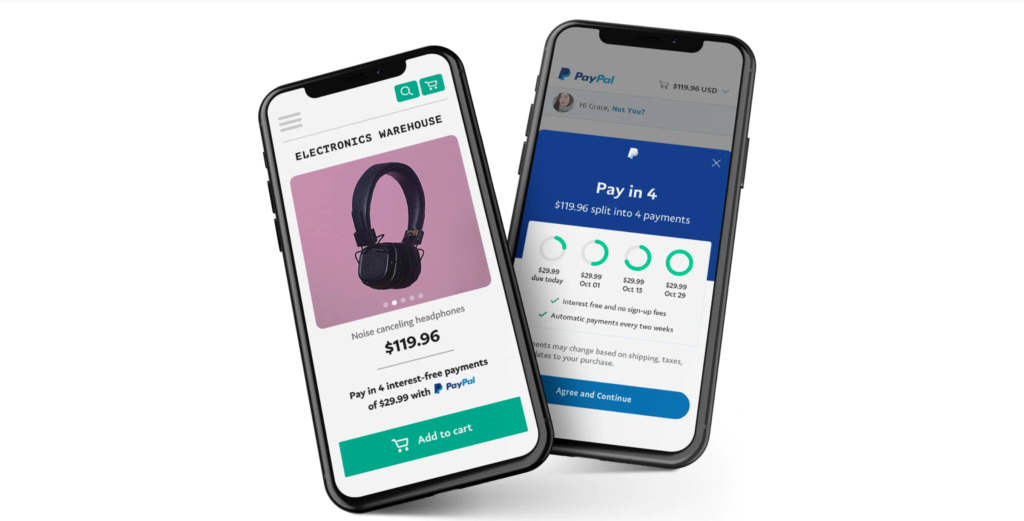
Cross-border payments platform Payoneer announced a major development this week. The New York-based company unveiled Payoneer for Banks, a tool to help banks make and receive cross-border payments.
The company’s new bank partnerships will offer secure low-cost international payments made in real time using the banks’ existing infrastructure. “By integrating with our APIs, banks can offer a seamless cross-border payments experience to their customers with low investment, which offers the potential for additional revenues, enriched offerings for customers and a competitive advantage,” said Eyal Moldovan, General Manager of SMBs for Payoneer.
The company reports it has already signed on 10 banks, challenger banks, and eWallets in 10 countries and it is in the middle of launching more partnerships. Among the list of disclosed partners are ANNA Money in the U.K.; Bank Asia in Bangladesh; BSB Bank in Belarus; EasyPay in Armenia; GCash, the leading mobile wallet in the Philippines; eZ Cash in Sri Lanka; Faysal Bank and JazzCash in Pakistan; Kuda Bank in Nigeria; Privatbank and Monobank in Ukraine; and Prex in Argentina.
Payoneer noted that now is an ideal time for the bank-focused product since many operations are moving to digital channels and international payment capabilities remain slow and unreliable.
“We focus on creating a bank that customers would love, and that drives a lot of our decisions,” said Monobank Cofounder Michael Rogalskiy. “It was extremely easy to work with Payoneer, because we have the same shared values and the same ideas around money transfers. Our integration allows our customers to have a better user experience, lower fees, and faster access to their international earnings. It’s a relationship that brings value for us, for Payoneer, and for our shared customers.”
Photo by Icons8 Team on Unsplash






















